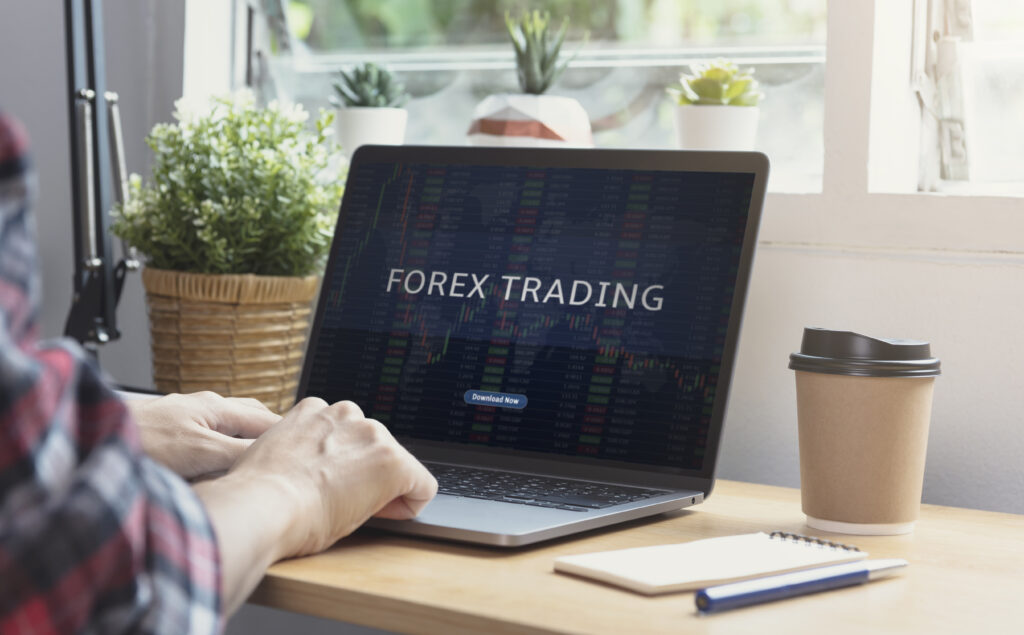Understanding Quantitative Easing in Forex Markets: A Comprehensive Guide
Quantitative Easing (QE) is a pivotal aspect of monetary policy, often utilized by central banks during economic challenges. Its role in Forex markets is of paramount importance for traders and investors, given its significant impact on currency valuation and broader financial dynamics. This guide offers a thorough exploration of QE’s mechanisms, objectives, and effects, especially within the realm of Forex trading.
I. What is Quantitative Easing?
QE is a monetary policy strategy where central banks purchase long-term securities to inject liquidity into the economy, aiming to stimulate growth and manage inflation. This approach increases the money supply, lowers interest rates, and is typically employed during periods of economic stress.
II. The Mechanics of QE in Forex Markets
- Interest Rate Influence: QE typically lowers interest rates, reducing the yield on assets denominated in the affected currency and potentially leading to its depreciation in Forex markets.
- Inflation Expectations: By increasing the money supply, QE can raise inflation expectations, influencing the perceived value of a currency.
- Market Sentiment: The announcement and implementation of QE can significantly sway investor confidence and speculative actions, affecting currency values.
III. Currency Valuation Impacts
- Domestic Currency Depreciation: Increased money supply and changed perceptions often lead to a short-term depreciation of the domestic currency.
- Inflationary Pressures: Potential inflation from QE can further influence the currency’s value, with high inflation typically leading to depreciation.
- Capital Flows: Lower interest rates can redirect capital to higher-yielding investments in other currencies, affecting demand and valuation.
IV. Forex Trading Strategies During QE
- Central Bank Watch: Keeping an eye on central bank announcements and understanding their implications is crucial.
- Economic Indicators: Analyzing indicators like GDP, inflation rates, and employment figures can provide insights into the potential effects of QE.
- Risk Management: Implementing strategies like stop-loss orders, position sizing, and diversification is key to navigating the volatility associated with QE.
V. Case Studies: QE in Practice
- The U.S. Federal Reserve Post-2008: The Fed’s QE program initially led to USD depreciation but eventually contributed to its strengthening as the economy recovered.
- European Central Bank’s QE Program: Similar effects were observed with the Euro, highlighting the global interconnectedness and varying impacts of QE in different contexts.
VI. Conclusion: Navigating QE in Forex Markets
Success in Forex trading during QE periods demands adaptability, informed decision-making, and risk management. Understanding the dual nature of QE, its economic fundamentals, market psychology, and the need for dynamic strategies is crucial for traders.
Click here to read other articles on Forexsignals.best
VII. FAQs on QE and Forex Markets
- What is QE? QE is a central bank policy of buying long-term securities to boost money supply and stimulate economic growth.
- How does QE affect Forex? QE influences Forex markets by altering interest rates, inflation expectations, and market sentiment, leading to currency value fluctuations.
- Does QE always depreciate a currency? While initial depreciation is common, the long-term impact varies based on economic recovery and market dynamics.
- Key Monitoring Aspects for Traders: Traders should watch central bank actions, economic indicators, and market sentiment.
- QE and Inflation: QE can lead to higher inflation, affecting currency value.
- Global Impact: Central bank policies can have worldwide implications on Forex markets due to economic interdependence.
- Risks for Traders: Traders face risks like market volatility and unpredictable currency fluctuations.
- Risk Management Importance: Effective risk management is essential to navigate the uncertainties of QE-influenced markets.
- Investor Sentiment: Sentiment plays a crucial role, impacting perceptions of future economic conditions and policies.
- Impact on Different Currency Pairs: QE can have varying effects on different currency pairs, depending on the relative economic and monetary policies of the countries involved.
Click here to read our latest article on Machine Learning

